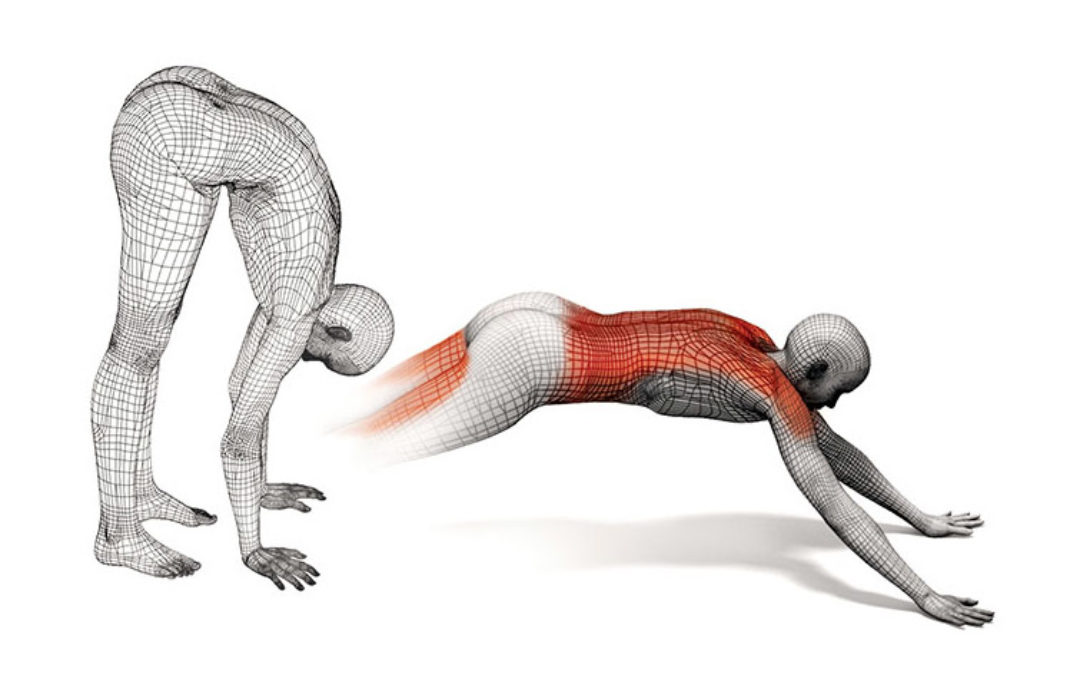Are you warm enough? Thinking on warmups.
What do you do when you are warming up and what does that actually mean? Are you planned and clear on the what to do and why in this vital preparatory period?
The simplest start of the explanation is that the term ‘warm up’ is prescriptive. This should be the outcome of any warm up – you need to increase muscle tissue perfusion (increased blood flow) and enhance nerve firing to the key regions that will be used when you compete or train. Increased perfusion enhances blood supply and efficiency to the key areas being worked, blood flow resistance begins to decrease, muscular stress rates reduce and our body’s cooling systems even become more effective. You are preparing your body to be under stress and cope with with it.
A goal is very important – all warm ups should be aimed at what sort of exercises you are targeting. Rowing is interesting as it combines explosive movements with more aerobic cyclical demands, so a mix of explosive and range of motion exercises is best.
Don’t be scared about getting some sweat happening in your warm up – it’s old school to have a fear of being fatigued in this phase, you do need to work to prepare right.
James Radcliffe, the Strength and Conditioning Coach at the University of Oregan’s football team has been in his job for 31 years and has years of research experience, it’s fair to say he knows a thing or two! Although a markedly different sport, football contains a mix of explosive and range of motion based movements and some of the theories can absolutely be relevant to our sport.
Coach Radcliffe works out every single Oregan Ducks’ athletic team on game day, unless NCAA rules preclude this, in which case he will help out in the days before. His prescribed warm up workout lasts no more than 25 mins.
On game days his routine comprises 7 key steps:
-Initial Dynamic workout (4-6 mins) – including explosive movements, and large plane movements like jumping or running to increase load and body temperature
-A core strength exercise
-A pull/press (for rowing the pull exercises are very relevant)
-A rapid clean hang and jerk
-Split snatch
-Medicine ball work out
-Jump rope
An emphasis is placed on wide knee stances for many movements, based on research which found that athletes need to have “distance between their knees” while warming up. A warm up like “buttkickers” where the knees just stay next to each other for instance, is not a useful exercise according to Radcliffe. “Study after study has found that it is more important for athletes to move at the hips, not at the knees.” This is of course focussed on football where cutting and agility type movements occur regularly but it can relate very well to rowing too. Although the knees must move with the hips, hip range of motion is so important for effective catch position and pelvic motion throughout the stroke. Encouraging your athletes to get wide with their hips and work through a broader range of movement in the warm up seems to be a sound idea.
It seems that there is no issue with ‘working’ in the warmup, you don’t want to start totally fatigued but you do want load in the system that is about to be loaded more. It is a practice noted by many of the best athletes across a range of sports including Michael Jordan and Cristiano Ronaldo, who both used/use a more taxing and dynamic workout-type warm up pre game.
You will need to tweak and plan based on your needs and timeframes but incorporating this somewhat newer style of thinking into the warm up structure will be useful. We cannot forget the mental and visualisation value of the warm up too – far easier to link when you are working rather than just walking through the motions of a stale and passive routine.
Stretching is another intriguing topic and one that needs a whole blog to explain it fully but there are studies that show a possible reduction in post stretch strength capacity and as coach Radcliffe puts it; “When a stretch doesn’t get a kid ready for when the gun goes off, or the ball is kicked, why do it?!”This is the sort of thinking that should be applied across the full warm up and even work out strategy – why am I including it and what is the goal.

